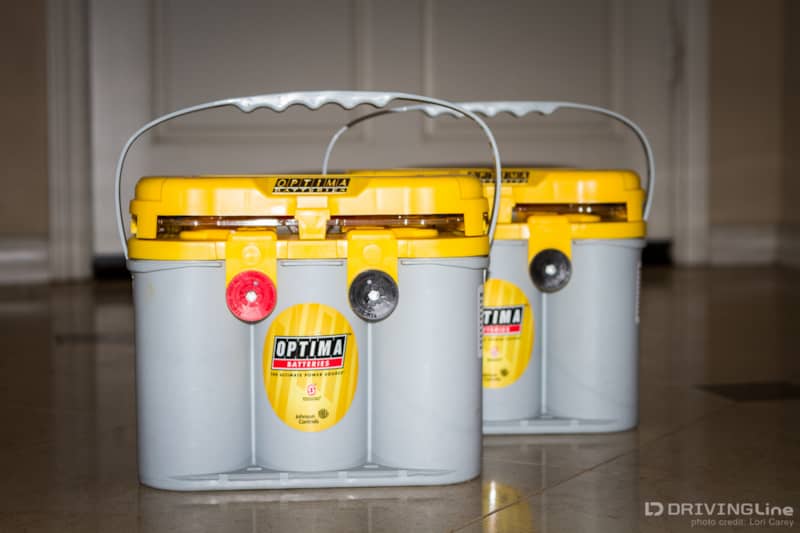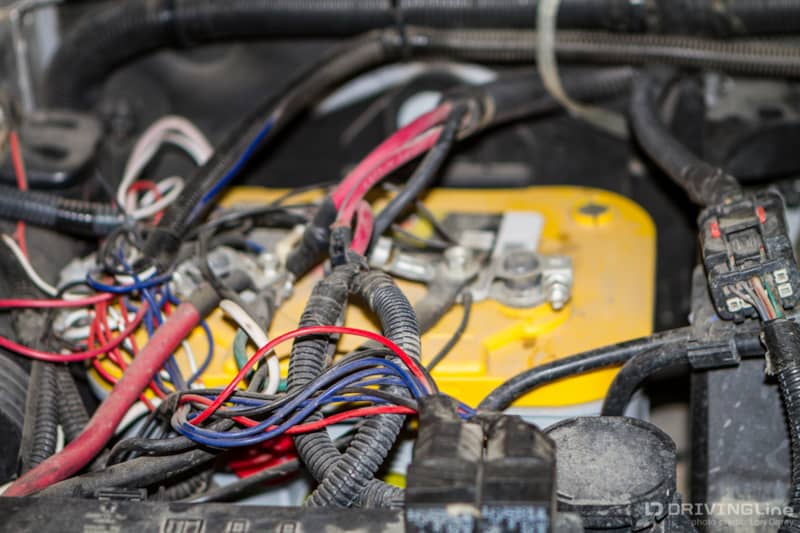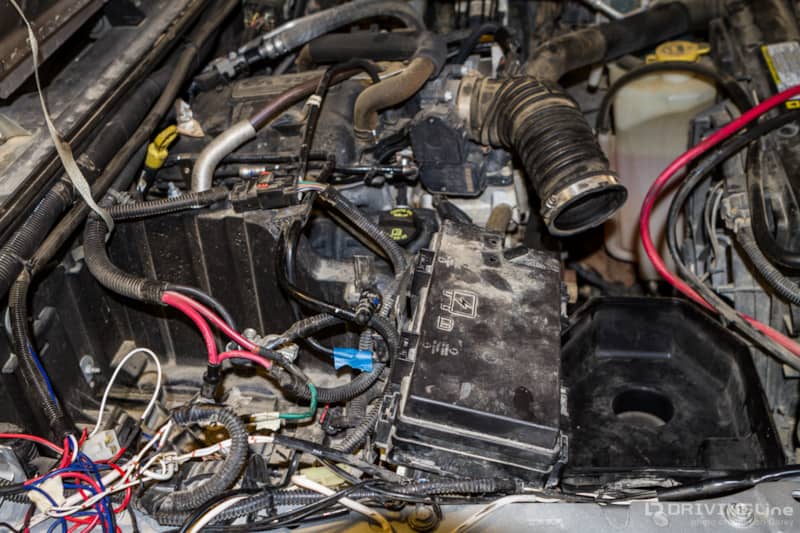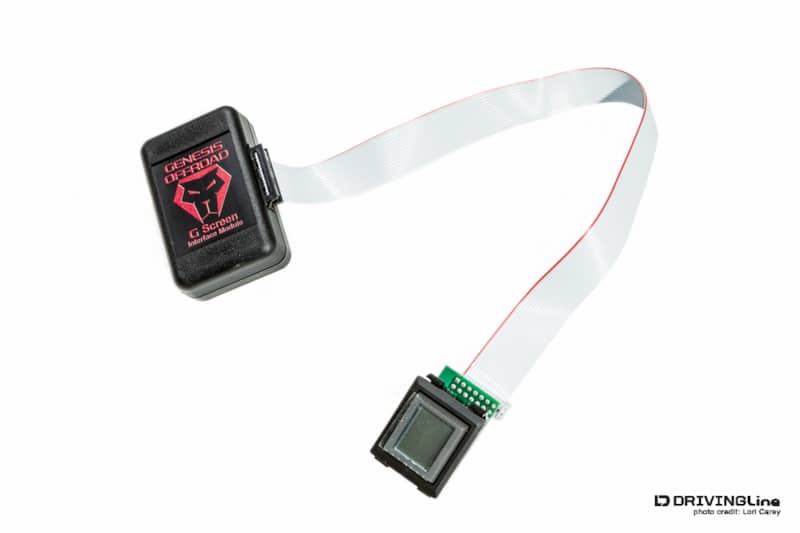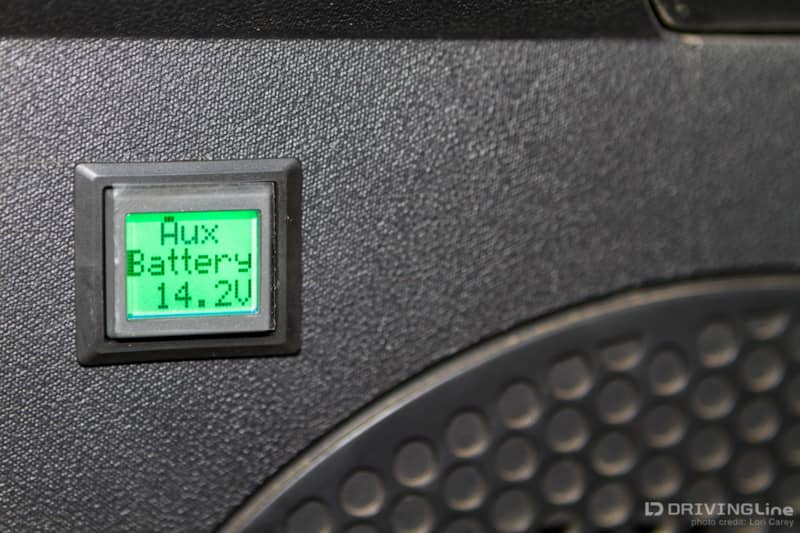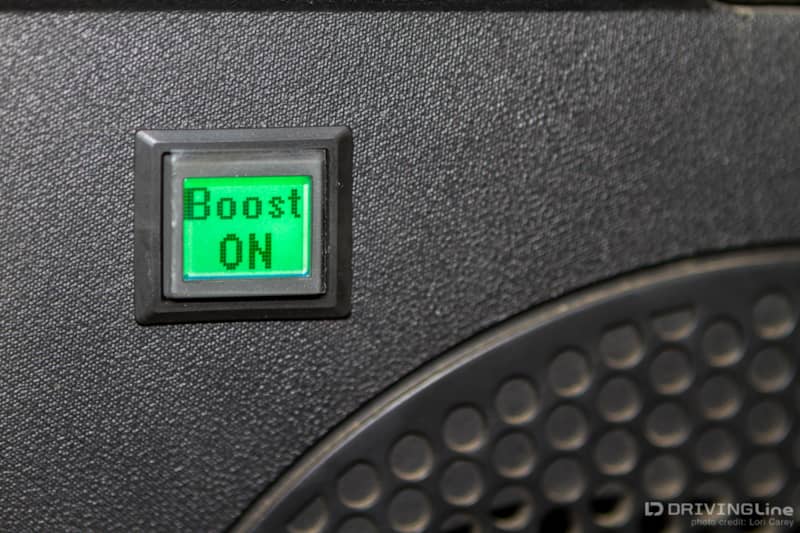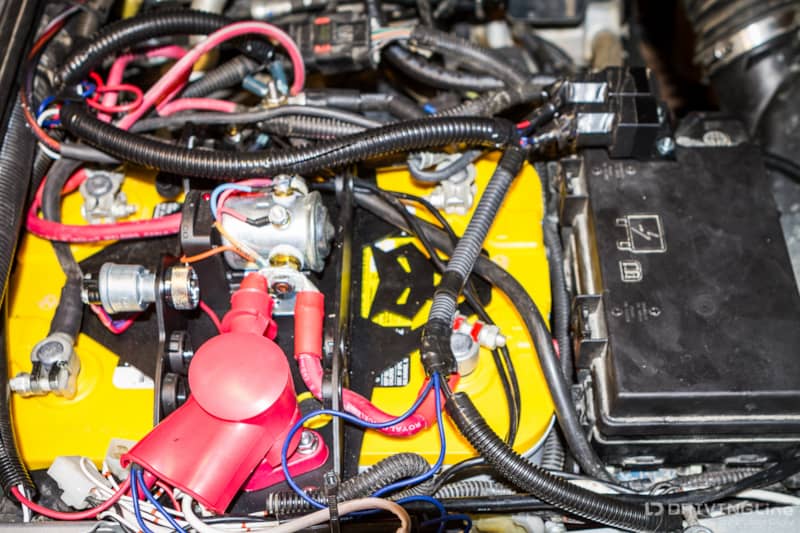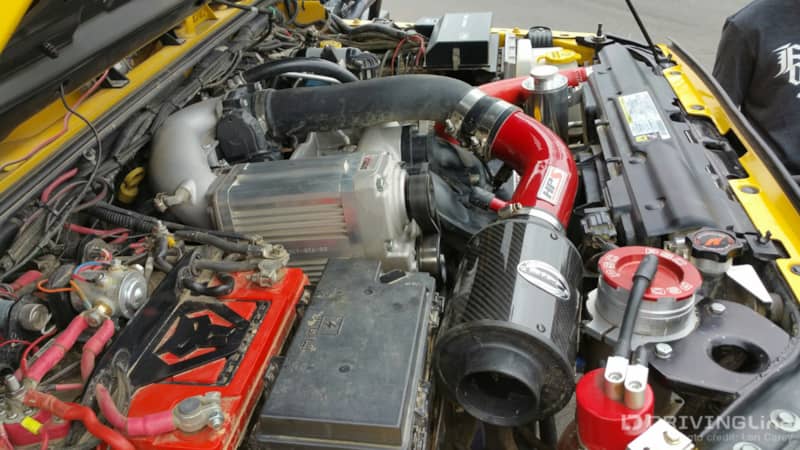Upgrading to a Genesis Off-Road Dual Battery Kit
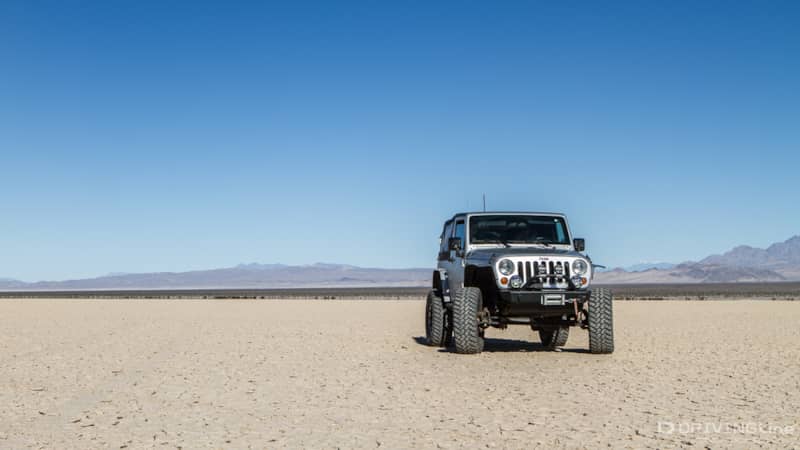
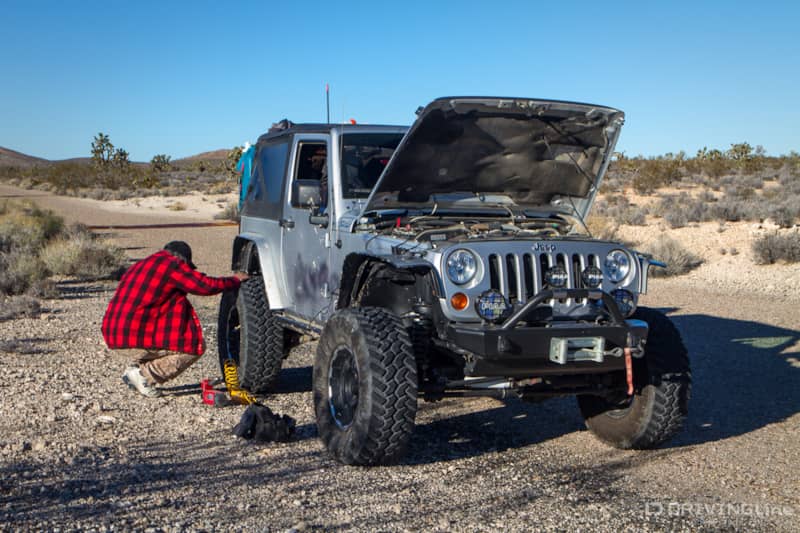
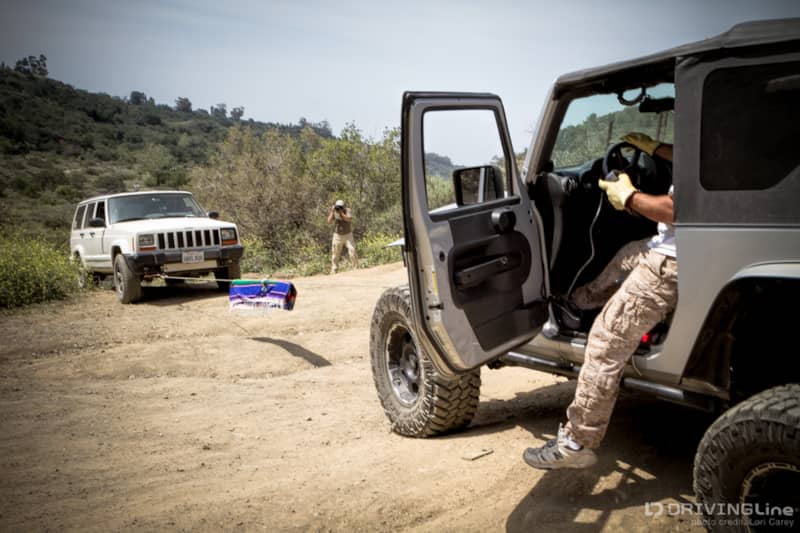
- If a buddy breaks down and you need to run your lights for a trail fix.
- To maintain high voltage when winching; as voltage drops the winch can run hot and fail.
- To run a refrigerator/freezer.
- If you run a lot of electronic accessories – lights, stereo, radios, inverter – especially if you use them while parked in camp at night.
- If you often play your stereo while tailgating at sporting events or your kid’s soccer game.
- If you use tools on the trails like a welder or on-board air compressor.
- Peace of mind when you are out in the back country without another vehicle.
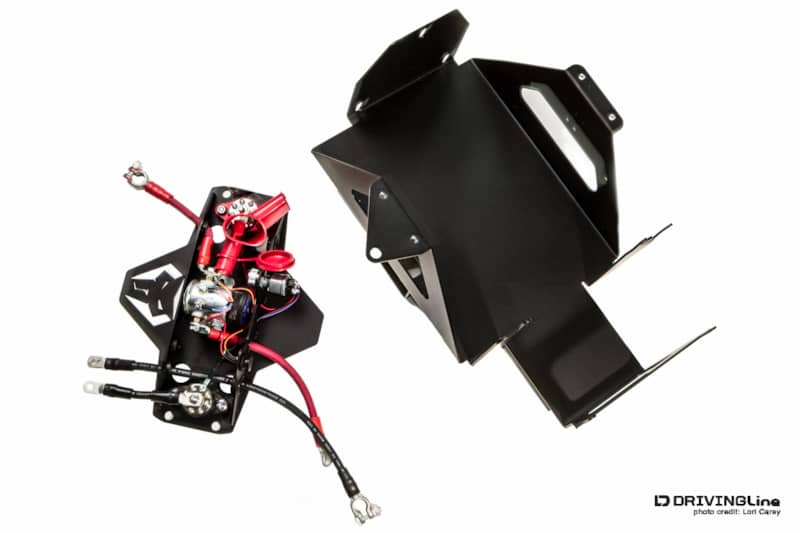
- The kit is completely pre-wired straight out of the box, including the interface port for the G Screen monitoring system. It’s as close to plug-and-play as you can get.
- From the powder coated battery tray to the power and bus bars, the severe duty wires, to the high quality terminal connections, the build quality of this kit is first class.
- The smart isolator will continue to use both batteries when I am parked and running accessories. When the main cranking battery drops to 12.7 volts, the smart isolator will separate the batteries and use only the secondary battery. When I restart my Jeep, the smart isolator will first charge the main cranking battery to 13.2v before charging the secondary battery. This helps prevent putting too much strain on the alternator.
- I could jump start my own battery with the push of a button if I needed to.
- Because it was designed specifically for the Jeep Wrangler JK, I didn’t have to worry about making parts fit.
- It would work with my Rugged Ridge snorkel. In fact it fits with most aftermarket snorkels (sorry River Raider fans, but you already know that many aftermarket parts won’t work with your snorkel).
